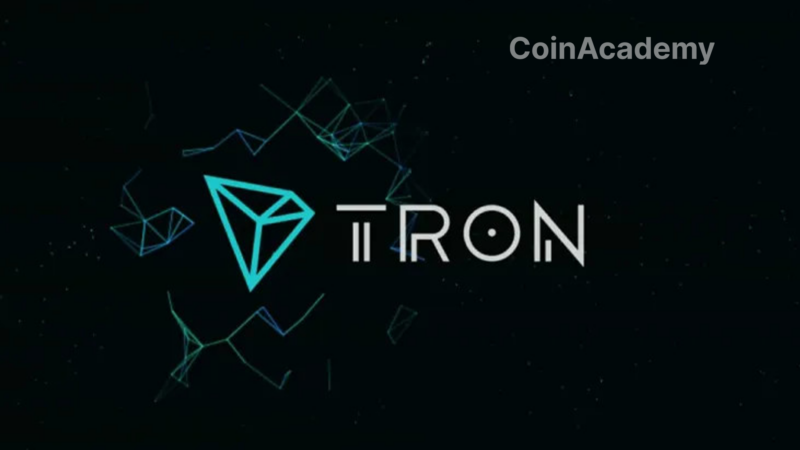The return to an inflationary supply of ETH
Ethereum’s circulating supply is rising to pre-Merge levels, with a total supply of 120,521,523 ETH, about 383 ETH more than at the transition to Proof-of-Stake, according to ultrasound.money data.
This trend has raised concerns among analysts who point to the impact of the Dencun update deployed in March 2024. The update introduced blob transactions, a new structure for efficiently managing Layer 2 data flows, but it significantly reduced the amount of ETH burn, affecting the supply reduction mechanism.
Dencun and the end of ‘ultrasound money’?
Until the implementation of Dencun, Ethereum’s fee model relied on a burn system, where a significant portion of transaction fees was destroyed, reducing the total supply of ETH and supporting the idea of a deflationary asset. With the introduction of blob gas, separate from regular transaction fees, a large portion of transactions shifted to this new system, reducing the amount of ETH burn.
Liquidity drain and increased competition
Ethereum’s inflation comes at a time when an increasing number of users and liquidity are migrating to faster solutions such as Solana or Hyperliquid, driven by the explosion of memecoins and the rise of new Layer 2 solutions. Dencun seems to have facilitated the growth of second-layer solutions without offering a strong incentive to maintain transactions on Ethereum’s main layer.
A governance under strain
In addition to the economic debates, Ethereum is undergoing a governance crisis within the Ethereum Foundation. An initiative to replace Aya Miyaguchi, executive director of the foundation, with former researcher Danny Ryan has gained momentum within the community, fueling criticism of an ineffective governance. Vitalik Buterin has firmly rejected these demands, but this stance has led to the departure of several influential figures from the project, including Eric Conner, who announced his departure from Ethereum.
An uncertain future between growth and instability
Meanwhile, the Ethereum community has agreed to increase the gas limit from 30 million to 36 million units to improve network scalability. This decision may partially address concerns about congestion but does not erase uncertainties surrounding the project’s economic and political future.
As ETH trades at around $2,800, down 11% for the week, Ethereum finds itself at a critical moment in its evolution. With technical choices altering the supply dynamics, increased competition from alternative blockchains, and mounting internal tensions, 2025 could redefine its market positioning.




